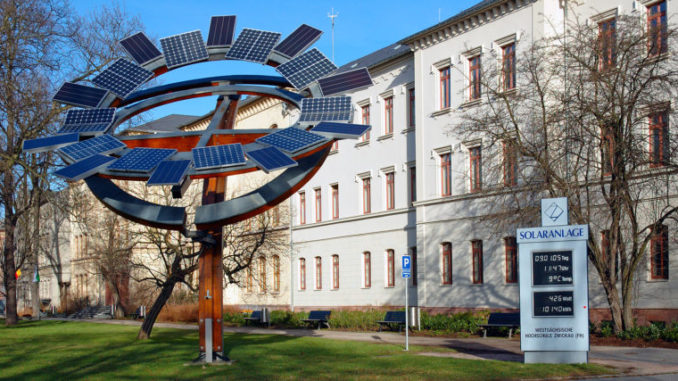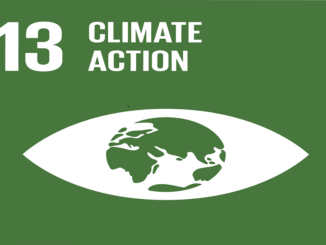
April 18, 2018, by Alex Kirby
To attain the internationally-agreed global warming limit, a clean energy spurt delivering six times more renewables than today is essential, analysts say.
LONDON, 18 April, 2018 – Staying within the agreed limit for global temperature rise will be simple, though not easy: it just needs a clean energy spurt providing a switch to clean energy six times faster than it’s happening today, analysts say.
In 2015, most of the world’s governments signed the Paris Agreement, undertaking to cut greenhouse gas emissions so that global average temperatures would increase by no more than 2°C, and preferably only 1.5°C, above their pre-industrial levels.
The problem is that progress towards even the easier 2°C goal is proving very hard, and the cuts pledged so far by governments are too modest to achieve it. Politicians and scientists agree that clean, renewable energy is an essential part of raising global ambition high enough to make the goal possible.
”If we are to decarbonise global energy fast enough to avoid the most severe impacts of climate change, renewables must account for at least two-thirds of total energy by 2050”
The analysts, from the International Renewable Energy Agency (IRENA), an intergovernmental body, say increasing the adoption of renewable forms of energy by at least a factor of six is the answer. Not only would it keep global temperature rise to 2°C, they say: it would offer huge gains in jobs, and other improvements in human wellbeing.
The global economy would grow by 1% by 2050, IRENA says, and global welfare, including gains not measured by GDP, for example health benefits from reduced air pollution and lower climate impacts, would improve by 15%, compared with the current trajectory.
In a report launched at the Berlin Energy Transition Dialogue, they also say that increasing cumulative energy system investment by 30% to 2050, favouring renewable energy and energy efficiency, could create over 11 million additional energy sector jobs, completely offsetting job losses in fossil fuels.
Immediate action will also reduce the scale and value of stranded energy-related assets in the future. The roadmap currently expects up to US$11 trillion of stranded energy assets – a sum it says could double if action is delayed longer.
Joint cornerstone
“Renewable energy and energy efficiency together form the cornerstone of the world’s solution to energy-related CO2 emissions, and can provide over 90% of the energy-related CO2 emission reductions required to keep global temperature rise to two degrees Celsius,” said IRENA director general Adnan Z. Amin.
“If we are to decarbonise global energy fast enough to avoid the most severe impacts of climate change, renewables must account for at least two-thirds of total energy by 2050.
“Transformation will not only support climate objectives, it will support positive social and economic outcomes all over the world, lifting millions out of energy poverty, increasing energy independence and stimulating sustainable job growth.
“An opportunity exists to ramp up investment in low-carbon technologies, and shift the global development paradigm from one of scarcity, inequality and competition to one of shared prosperity – in our lifetimes.”
Not delivering
The IRENA report details how current government plans fall short of emission reduction needs. On today’s trajectory, it says, the world will exhaust its energy-related carbon budget (CO2) for 2°C in under 20 years, despite continued strong growth in renewable capacity.
By the end of 2017, global renewable generation capacity had reached 2,179 GW worldwide – yearly growth of 8.3%. But without an increase in deployment, dirty fossil fuels such as oil, natural gas and coal would continue to dominate the global energy mix by 2050.
The roadmap analysis outlines an energy system in which clean renewables account for up two-thirds of total final energy consumption and 85% of power generation by 2050 – up from 18% and 25% respectively today. IRENA says solar and wind capacity should lead the energy transformation. – Climate News Network
Source: https://climatenewsnetwork.net/clean-energy-spurt-vital-for-2c-warming-limit/
Visits: 80




“If we are to decarbonise global energy fast enough to avoid the most severe impacts of climate change, renewables must account for at least two-thirds of total energy by 2050.